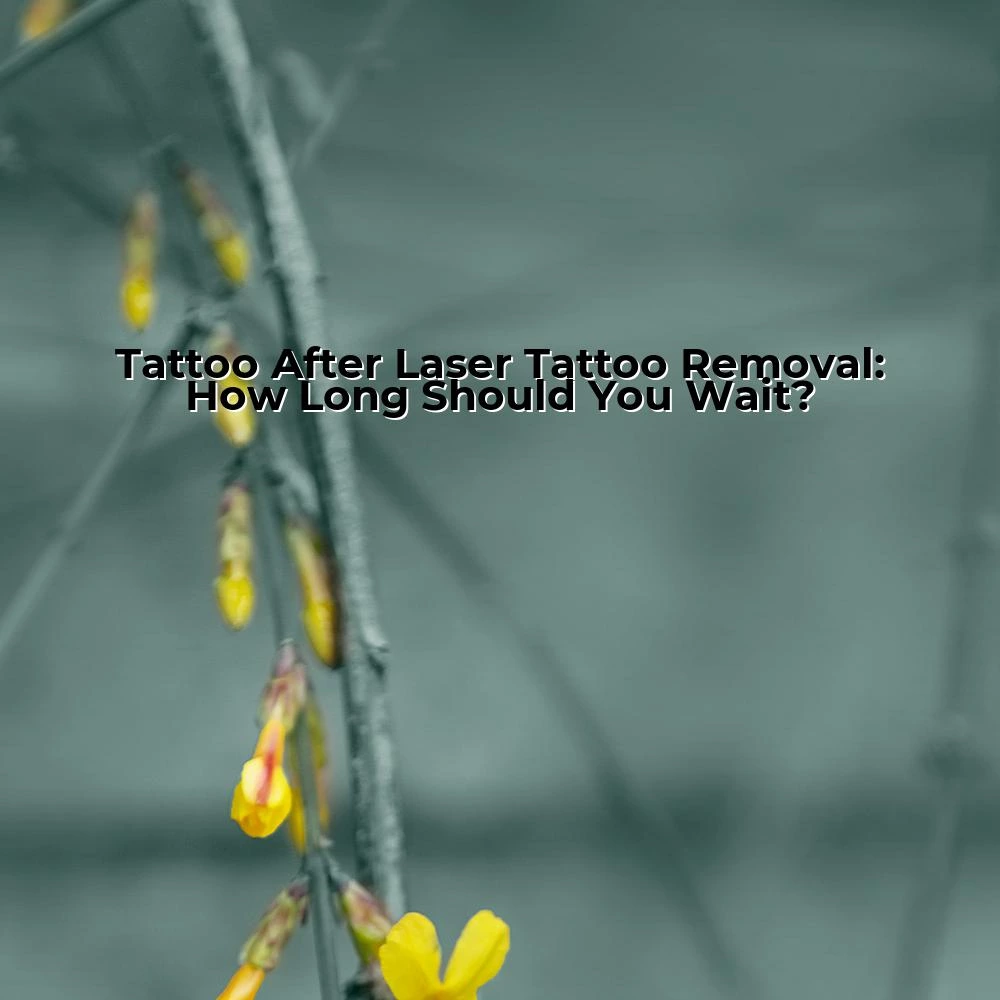Tattoo After Laser Tattoo Removal
| Visit:83

Tattoo After Laser Tattoo Removal
In recent years, tattoo removal procedures have proven invaluable to individuals seeking to erase regrettable past decisions or to make room for new tattoo artworks. A common inquiry we encounter in this context relates to the safe timeline for getting a new tattoo after undergoing laser tattoo removal. This article aims to clear any lingering confusion and provides robust guidelines for medical practitioners and their patients.
First, let's understand the laser tattoo removal process. Laser removal is not a one-and-done procedure; it requires multiple sessions, considered on the basis of the tattoo's size, color, and the patient's skin type. High-intensity light beams break down the ink particles, which are then naturally cleared away by your body’s immune system.
Healing time, a critical factor in the tattoo removal and subsequential tattooing stage, will vary between individuals. General health, lifestyle, and aftercare compliance significantly influence this timeframe. However, on average, medical professionals advise waiting a minimum of 6 weeks to 3 months post-final laser treatment. It's essential to remember that each case is unique, so this timeframe is not a universally applicable standard.
Delving further, here are a few factors generally considered by medical professionals while suggesting a timeline to their patients.
1) Degree of tattoo fading: The intensity of remaining tattoo shades helps decide if more laser treatments are required or if tattooing can safely ensue.
2) Cause of tattoo removal: If the tattoo removal is due to an infection or a reaction to the tattoo ink, patients have to wait until the entire area has fully healed before going for new ink, generally a longer period.
3) Post-procedure healing and care: Formation of blisters, swelling, and redness are common after-effects of laser removal. Tattooing should ideally be considered once the skin surface is smooth and free from any scarring or irritation.
4) Patient's general health: Particularly, the immune system's efficiency in discarding the shattered ink particles from the body plays a vital role in deciding the tattooing timeline.
If you wish for an in-depth review of such cases and post-procedure aftercare, consider visiting this expertly curated site: www.ciellulu.net. A treasure trove of information will further supplement your understanding of individual patient cases and their distinct necessities.
The new tattoo will usually be applied over the same region where the previous artwork existed. Therefore waiting for complete healing is vital before proceeding with new ink. The skin needs to fully recover and regain its smooth texture devoid of any tenderness or sensitivity.
It's of utmost importance to inspire trust and confidence in our patients. Hence it is professionally responsible for advising them to wait, despite their enthusiasm for their new ink. The risks associated with premature tattooing, such as severe infection or permanent scarring, far outweigh the advantages of quick tattooing.
As healthcare professionals, ensuring our patients' health and safety is paramount. By adhering to a strict post-removal protocol, we can ensure that the new artwork will be nothing short of perfection. After all, tattoos are a form of self-expression, and no one should have to compromise on the results because of hasty decisions.
In conclusion, while getting a tattoo after laser tattoo removal, the optimal waiting period is a minimum of 6 weeks to 3 months. Nonetheless, this duration varies and should be personalized based on the individual's unique situation and recovery rate. Patience ensures that new body art is received by healthy skin ready to assist in creating vibrant, lasting color.




 Ciellulu Laser - Facial Machine Supplier
Ciellulu Laser - Facial Machine Supplier

